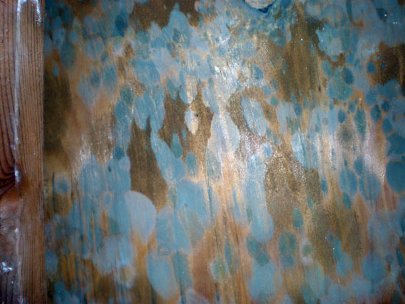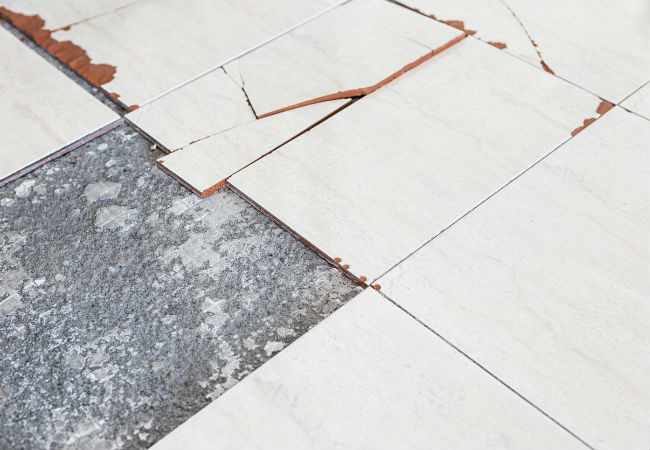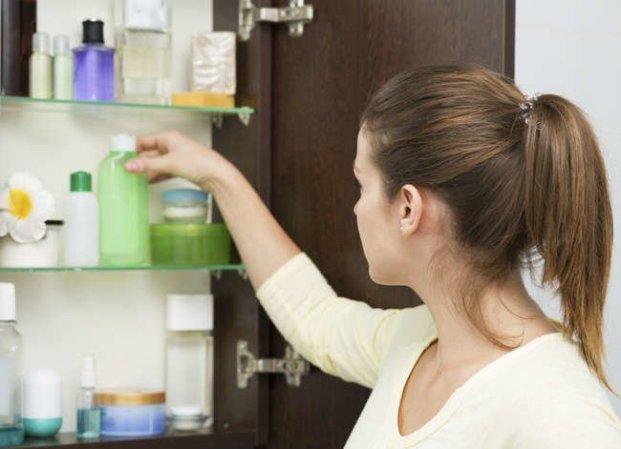We may earn revenue from the products available on this page and participate in affiliate programs. Learn More ›
Formaldehyde on Furniture

A new piece of furniture can really pull a room together, but it may also bear traces of formaldehyde if it includes plywood, particleboard, or urea-formaldehyde (UF) glues. Though a low amount of exposure to formaldehyde won’t hurt most people, the compound can cause irritation in the eyes, nose, or throat. High levels of exposure over a long period of time has been linked to nose and throat cancers.
2-butoxyethanol in All-Purpose Cleaning Supplies
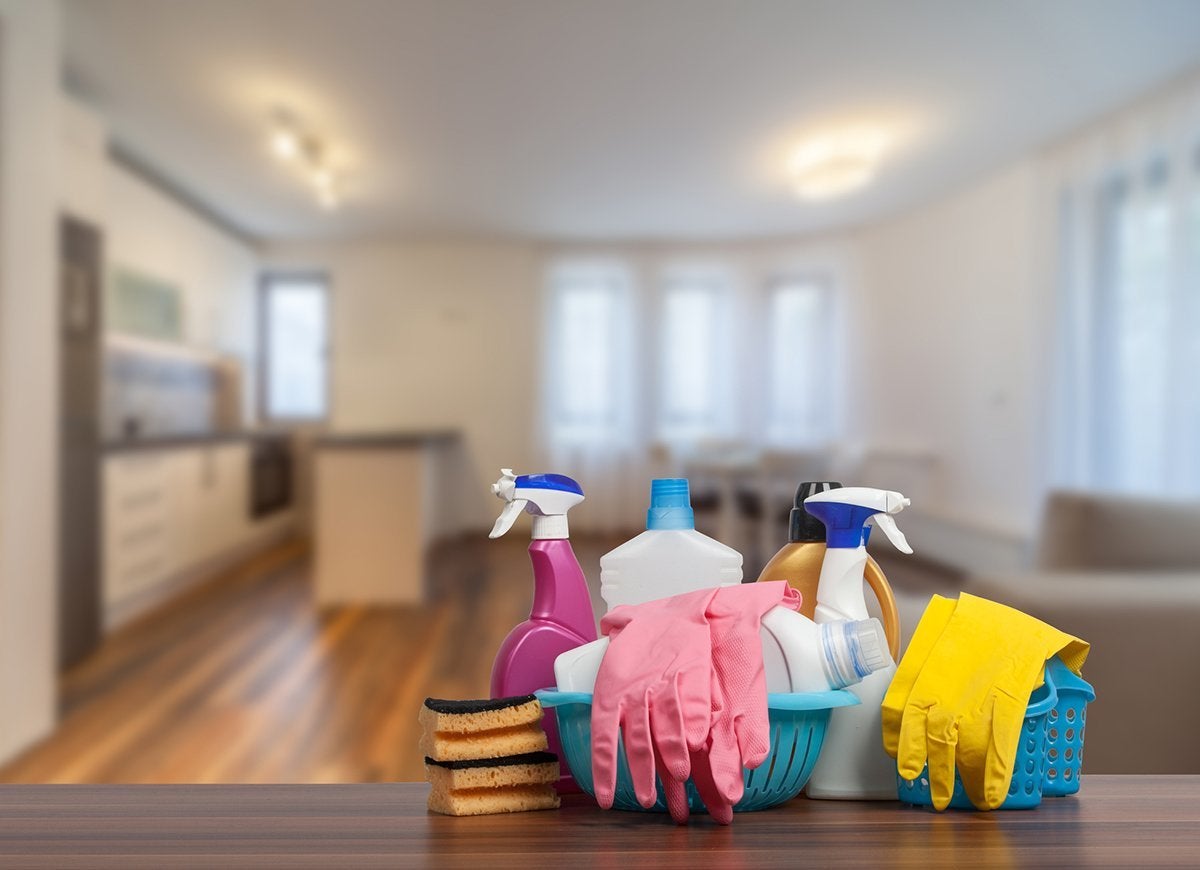
If you’ve ever used a household cleaner to wipe off countertops, clean the bathrooms, or mop the floors, then you’ve probably been exposed to 2-butoxyethanol, which is a colorless liquid solvent. Many all-purpose cleaning products contain this chemical, which has been known to cause irritation in the nose and vomiting with prolonged exposure. According to the Agency for Toxic Substances and Disease Registry, it is currently unknown whether 2-butoxyethanol affects fertility or causes birth defects.
Pesticides on Shoes

You may roll your eyes at a shoe-free household, but here’s yet another good reason to kick off your shoes at the door: It’s highly likely that you’re tracking in pesticides on your shoes, even if you don’t use pesticides on your own lawn. Pesticide poisoning can cause headaches, muscle twitching, and difficulty breathing.
Benzene in Powdered Cleanser
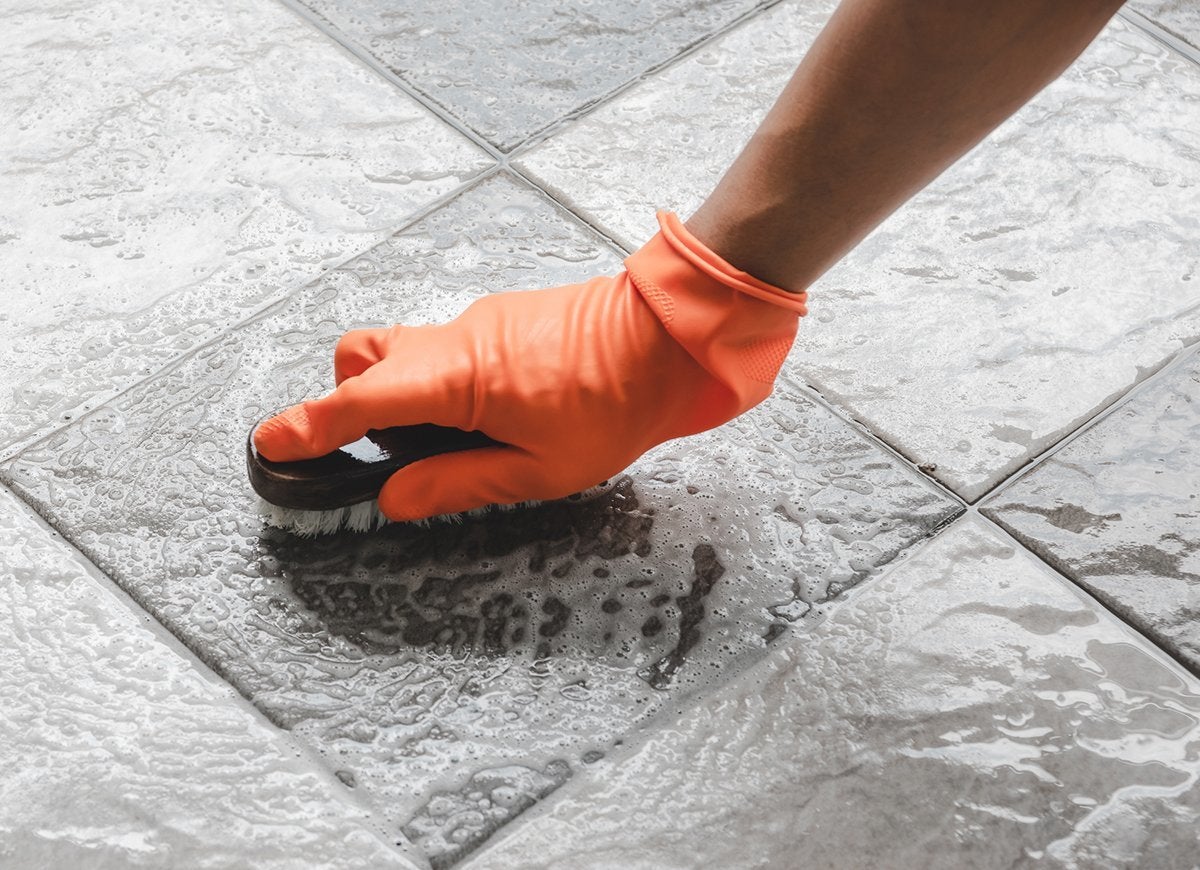
Powdered cleansers are great for heavy-duty cleaning on sinks, showers, and other surfaces subject to soap scum buildup, but they are among the worst offenders when it comes to introducing harsh chemicals into your home. Many of these cleansers contain benzene, which with long-term exposure has been linked to harmful effects on bone marrow and a decrease in red blood cell counts. In the short term, it can produce such unpleasant side effects as confusion, tremors, and irregular heartbeat.
Toxic Phthalates in Vinyl Flooring

Vinyl flooring is an inexpensive alternative to hardwood or stone, and the manufacturing has become so sophisticated that vinyl can look almost identical to much pricier materials. Unfortunately, vinyl flooring can also contain phthalates, some of which are known carcinogens or endocrine disruptors, and can be particularly harmful to male reproductive organs.
Volatile Organic Compounds in Dry-Cleaned Clothing
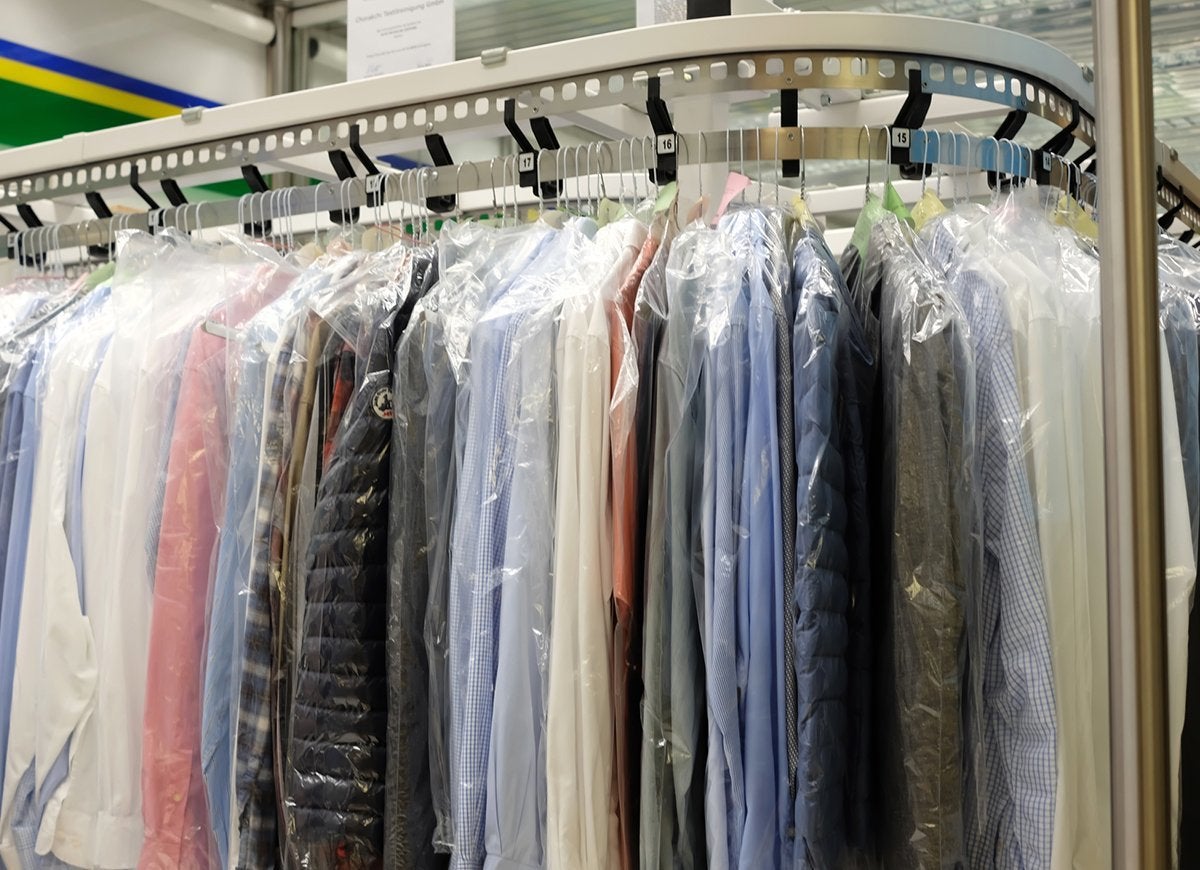
A thorough and professional dry cleaning can freshen your work clothes and keep them looking sharp, but when you bring those clothes home, you may also be carrying in volatile organic compounds, or VOCs. According to the EPA, some of the immediate health effects of VOC exposure are eye, nose, and throat irritation, headaches, and dizziness.
Lead in Kids' Toys

Although government agencies, public interest groups, and parent organizations work hard to make sure children’s toys are safe, there is still a risk that your little one may be playing with a toy that contains lead—especially plastic toys made in China. Playing with toys that contain lead puts children at risk of lead poisoning, which can cause developmental delays, weight loss, learning difficulties, nausea, and behavioral problems.
Perfluorinated Grease-Proofing Agents in Pet Food Bags

That big bag of Fido’s or Fluffy’s kibble may have much more in it than tasty treats. Some pet food bags, as well as some fast-food wrappers and microwave popcorn bags, contain chemicals known as perfluorinated grease-proofing agents, which prevent grease from leaking through packaging. Scientists are still studying these chemicals, but they have been shown to interfere with the body’s hormones, increase the risk of cancer, and affect the immune system.
Polyvinyl Chloride in Shower Curtain Liners
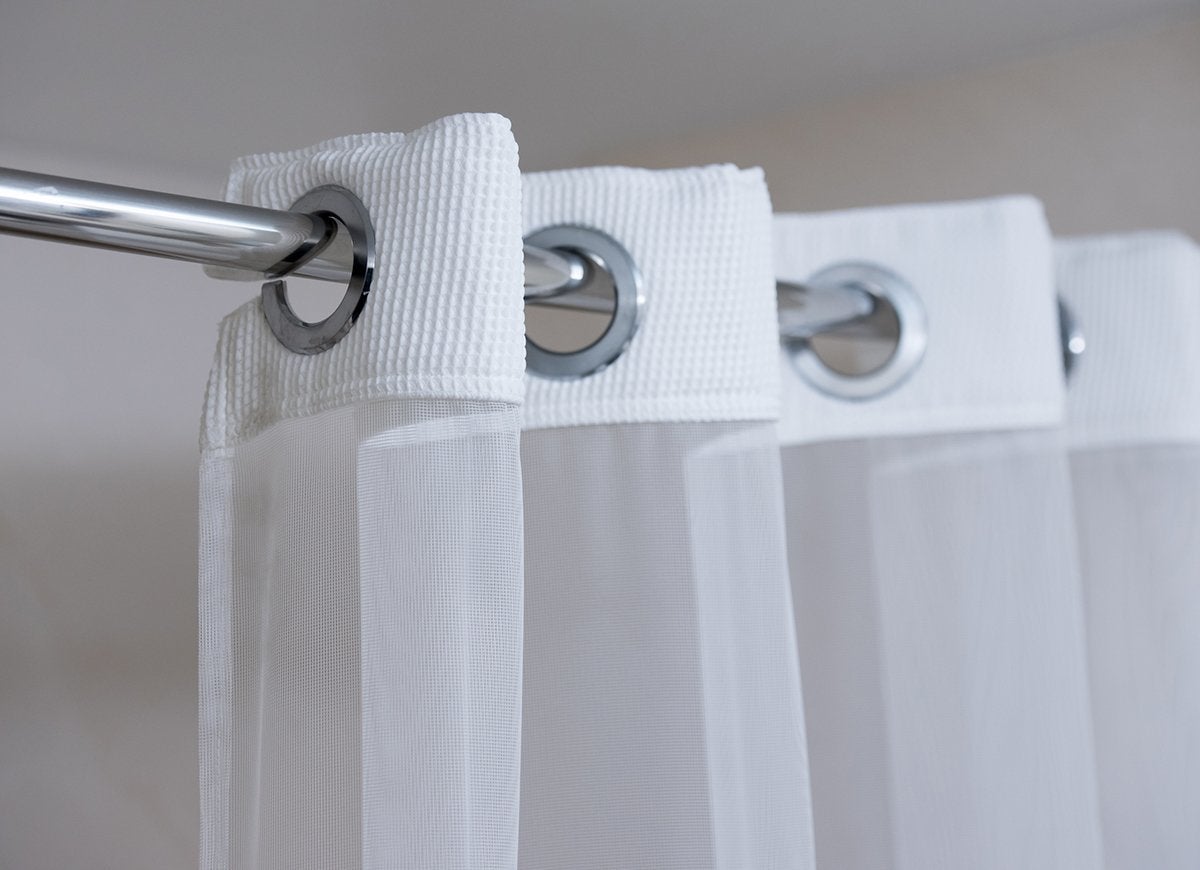
Your shower curtain liner helps keep water in the tub and off the floor, thereby preventing slips and falls in the bathroom. But that liner has a darker side: Many contain a chemical called polyvinyl chloride, which isn’t particularly hazardous in small amounts, but when highly concentrated it can irritate the respiratory system and cause dizziness and drowsiness. The EPA has even labeled it a Group A human carcinogen.
Bisphenol A (BPA) in Plastic Bottles
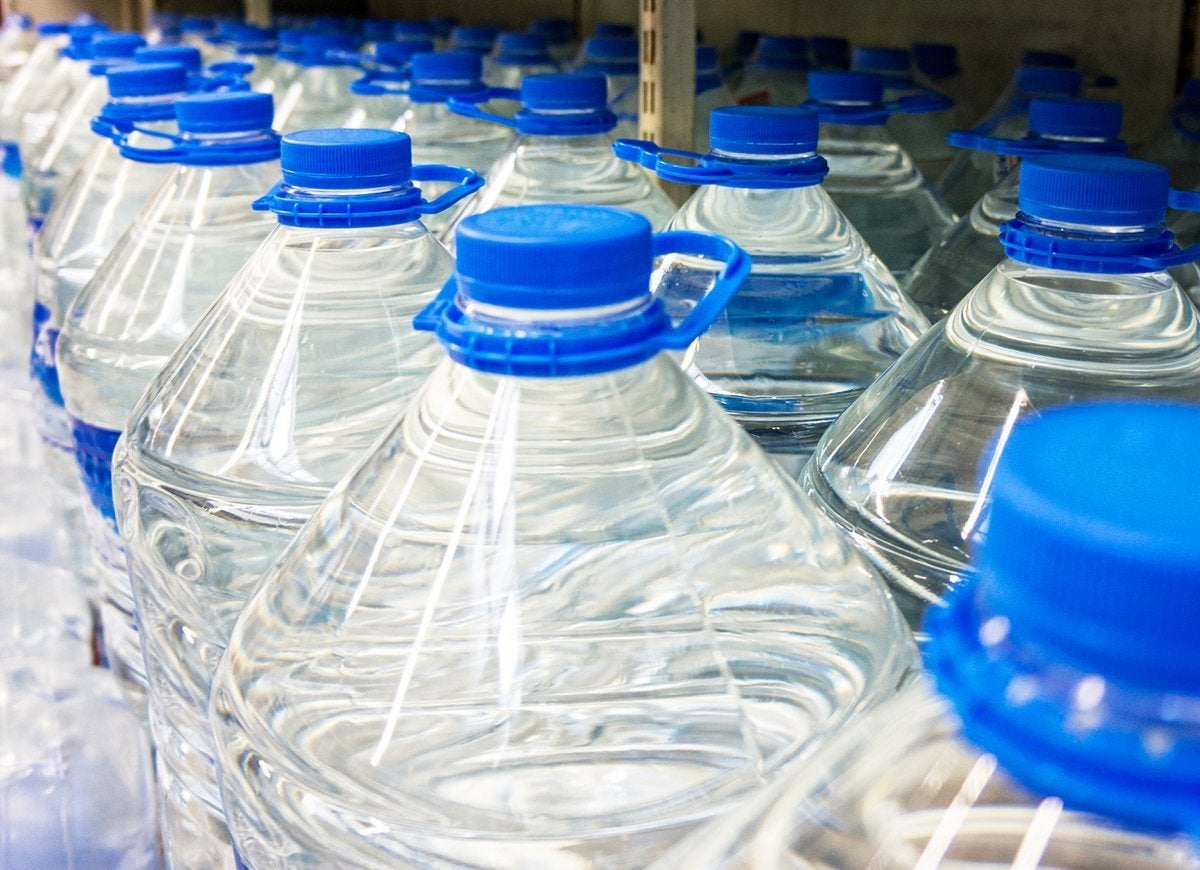
If you’ve shopped for a reusable water bottle within the last couple of years, you may have noticed more and more labels touting “BPA-free plastic”—which means that these bottles are produced without bisphenol A, a chemical that can potentially cause increased blood pressure in adults and may have effects on the brains of fetuses, infants, and children. Fortunately, BPA-free reusable bottles have rapidly become the norm.

